|
Hover over the photos for captions Eight hardy souls donned boots and waterproofs, braved the dodgy weather, and explored Ansty Down on Sunday 15th May. Hoping to see the many spring butterflies that usually frequent this location, on a generally overcast and occasionally rainy morning, we were pleased to see five species. Crucially, this included the tiny Duke of Burgundy, the key butterfly we were hoping to spot. This species is on Butterfly Conservation’s list of Threatened species, so we are fortunate to have it in the vicinity.
We were joined by Dr Susan Clarke, ecologist, and expert on these (and many other) butterflies. Sue explained in detail what is known about the insect’s life cycle, what habitat it favours, how ideal site management is so difficult to determine and achieve, and how it is now more frequently seen on damp chalk hillsides than in coppice woodlands as in the past. Sue showed us how the north face of the Shaston Ridge between Burcombe and Donhead St Andrew represents the most significant location for the Duke of Burgundy in the country. This long string of interconnected unimproved grasslands provides the right habitat for a chain of colonies which, currently at least, appear to be vigorous enough to ride out good and bad breeding years. We were very fortunate that the clouds cleared, and the sun came out briefly when we were in a patch of ideal habitat. Peter immediately spotted one and soon a few others were seen nearby. These were males, perching in prominent position to sun themselves and keep an eye out for females. They allowed us to approach and get good close views of the striking brown and orange chequered markings and even to see that the male only has four legs. As well as adult butterflies we also spotted numerous Twayblade Orchids, a large Drinker Moth caterpillar and a large number of Small Tortoiseshell caterpillars feasting on a bank of nettles. Despite disappointing weather, we enjoyed a very informative walk and came away appreciative of having such an important insect colony nearby. By Andrew Graham Photos: Julia Willcock Poppy Roou from the Chase & Chalke Landscape Partnership has contacted us to spread the word about needing trainees for their Chase & Chalke short River Ebble Training sessions next week. All equipment will be provided.
The sessions with the Wessex Rivers Trust and the Chase & Chalke team are open to all ages and it is a great opportunity for skills development and for our river habitat health. Unfortunately, if they don’t have more trainees they will need to re-schedule the sessions. Sessions are: Thursday 19th May 3pm - 4.30pm / 4.30pm - 6pm Register here for training: www.bttr.im/cnmw2 If you or potential trainees have any questions please email [email protected] or contact Poppy on [email protected]. More information and background to this training is here: https://cranbornechase.org.uk/chaseandchalke/a-crystal-clear-ebble/ Liz Nash has reported that she saw 5 swifts yesterday afternoon from her garden off High St, Tisbury.
As Elizabeth Forbes mentions in her newsletter to supporters of the swifts campaign, now is the time to turn on the player for swift calls if you have one with your swift nest box. "There's no need to check on the boxes, other than to note if any have come loose in the winter gales. Any problems: let me know and we'll try to sort. This year, we're hoping to record the outcome of our campaign in terms of nesting activity. If you would like to help in this way, please just keep an eye open and a notebook and pencil handy, because we'd be really grateful if you could make a note of activity around nests/boxes:
Elizabeth is happy to be the first port of call for any queries or reports, so if you don't know her email address, please use the contact form and we'll pass them on to her. On this walk led by Andrew Graham, along with other spring downland butterflies, we will be seeking out the Duke of Burgundy, an easily overlooked species for whom Wiltshire is a southern stronghold, living in small colonies on grassland or woodland clearings, laying its eggs in small batches underneath the leaves of Primroses and Cowslips.
We will be joined by Dr Sue Clarke, an ecologist who has been advising landowners for a number or years on how to help Duke of Burgundy (on the left below) and the also rare Marsh Fritillary butterflies (on the right) to flourish. We will rendezvous at the Old Shaftesbury Drove, a Byway open to traffic, where it crosses the Ansty to Alvediston road at Grid Reference ST 965250; WhatThreeWords: ulterior.enormous.drilled. There is room for cars to park along the track on both sides of the road. For anyone wanting a lift, or to share cars, meet at the Nadder Centre car park to set out at 10:30 and rendezvous at the start point to set out at 11:00. [Please note these times are later than published in our programme, to give the best chance of sighting butterflies.] The walk will be taken at a gentle pace, but will involve some steep slopes and roughly grazed ground so supportive footwear is advised, as perhaps is a walking pole. The route planned will take 2 to 3 hours, with the aim of returning home for a late lunch. You may want to bring some refreshment, though, especially if the weather is warm. No need to book. by Dick Budden Bats can live up to 30 years. After spending the winter hibernating, bats will now be fully active and feeding. At first light or dusk, on warm dry days, is the best time to look out for them. Some hunt high in the sky while others swoop low over water. The females, which will have been pregnant since the autumn mating season, will set up nursery colonies in May and then give birth to a single pup, usually in June. These pups are very small and, as bats are mammals, will be suckled until they learn to fly and hunt insects for themselves by August.
Although different species frequent different areas, a landscape generally favourable to bats includes varied sites to roost in, such as old buildings, caves, and hollow trees; hedgerows along which to commute to and from foraging areas, woods, copses, lakes, and ponds. This seems to be a rather good description of the Nadder Valley, and it seems to suit bats. Last year, the South Wiltshire Greater Horseshoe Bat Project carried out a programme of acoustic surveys using bat detectors across 40 locations in the Nadder Valley. Of the 18 bat species found in the UK, they detected 13 species, both common and rare. At the same time, a small stone mine was monitored, and this confirmed that it is used by several rarer bats, including the greater horseshoe bat. These data contribute significantly to the knowledge of bats in the area. Unfortunately, bat populations declined severely during the last century. In common with most bat species, those found in the UK feed on insects. Given that even a single tiny pipistrelle bat can eat more than 3000 insects in a night, the well documented fall in insect numbers in our countryside is likely to be contributing to this decline. If they cannot get sufficient food in autumn, when they are building up fat reserves to get them through the torpor and hibernation of winter, they will perish. They are also vulnerable to a range of other factors such as loss and fragmentation of habitat, destruction of roosts, and predation. Bats and their roosts are protected by law, but are still under threat from building and development work that affect the old buildings and trees where they roost or set up maternity colonies. by Andrew Graham |
Photo: Avocets (Izzy Fry)
The headers display photos taken by our members. Do get in touch via the Contact Form if you'd like to submit a photo for selection.
Archives
May 2024
Categories
All
|
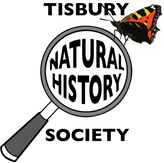
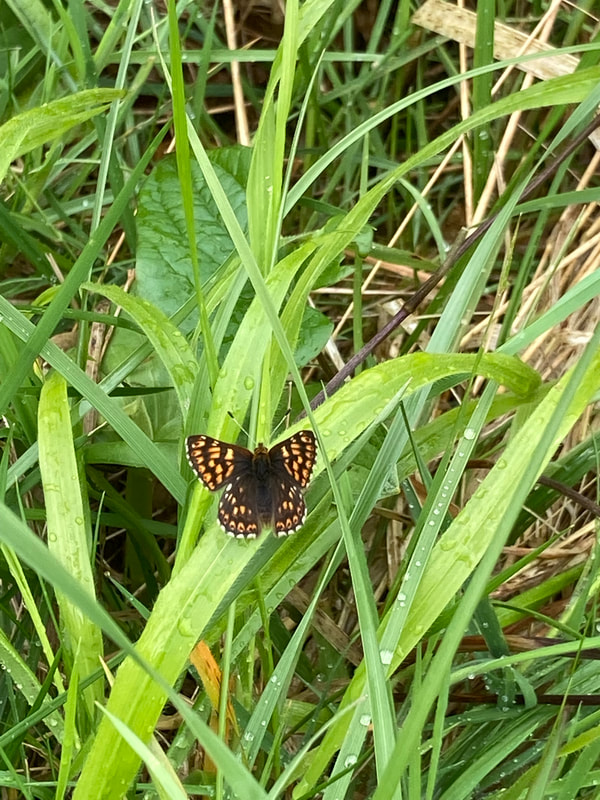
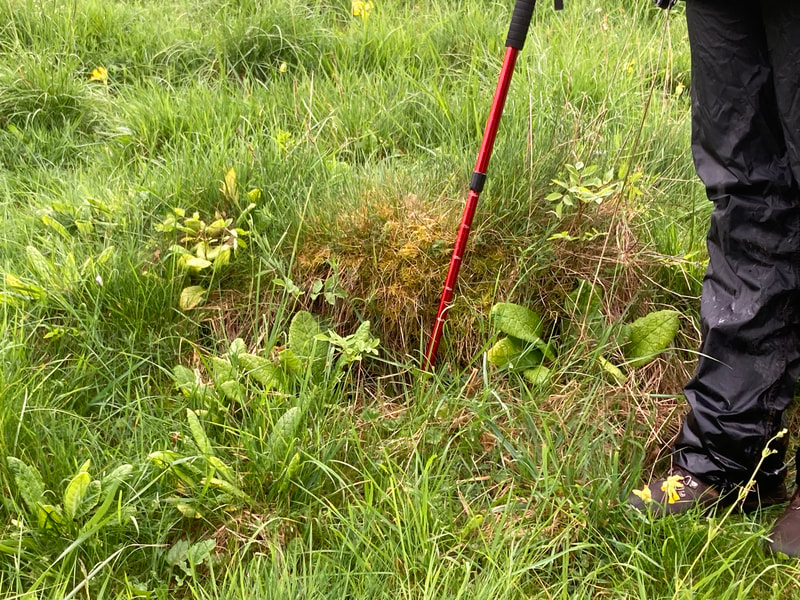
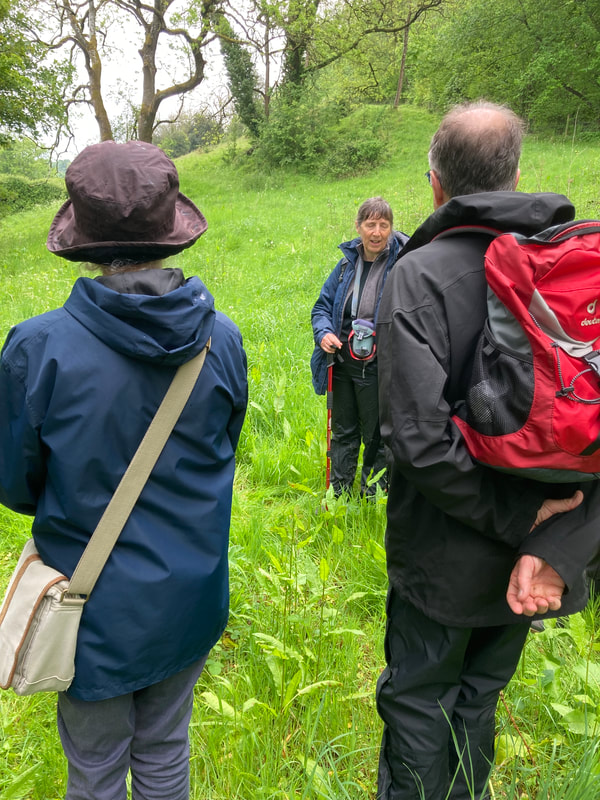
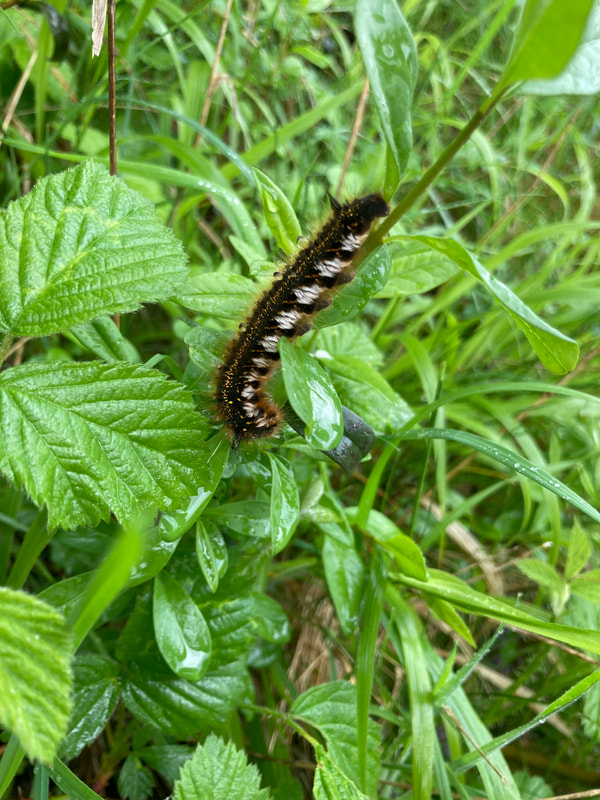
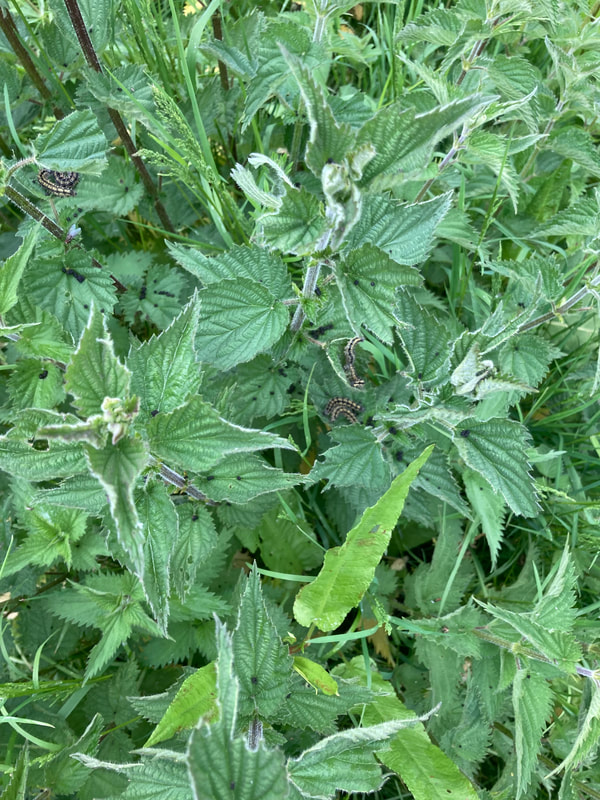
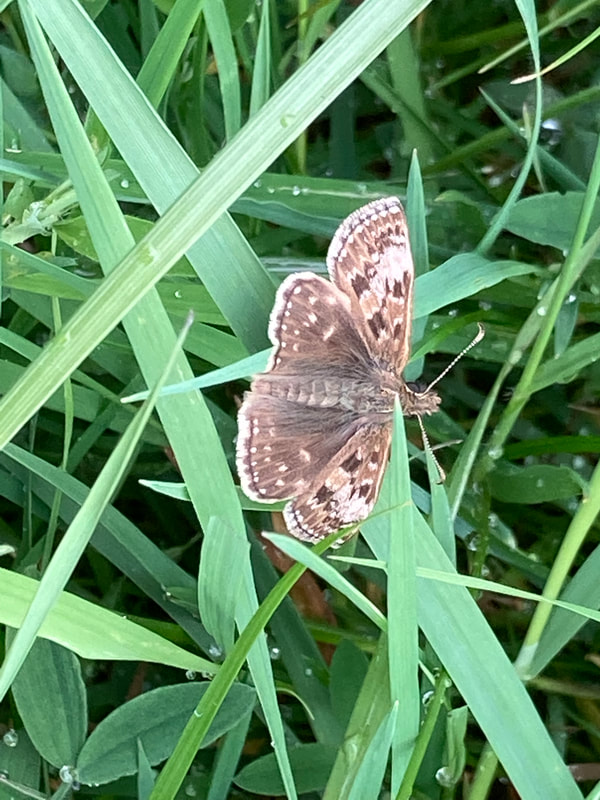

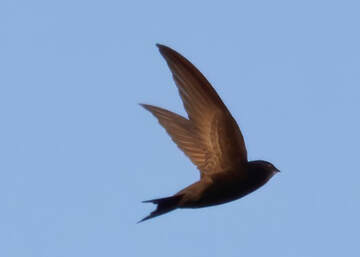
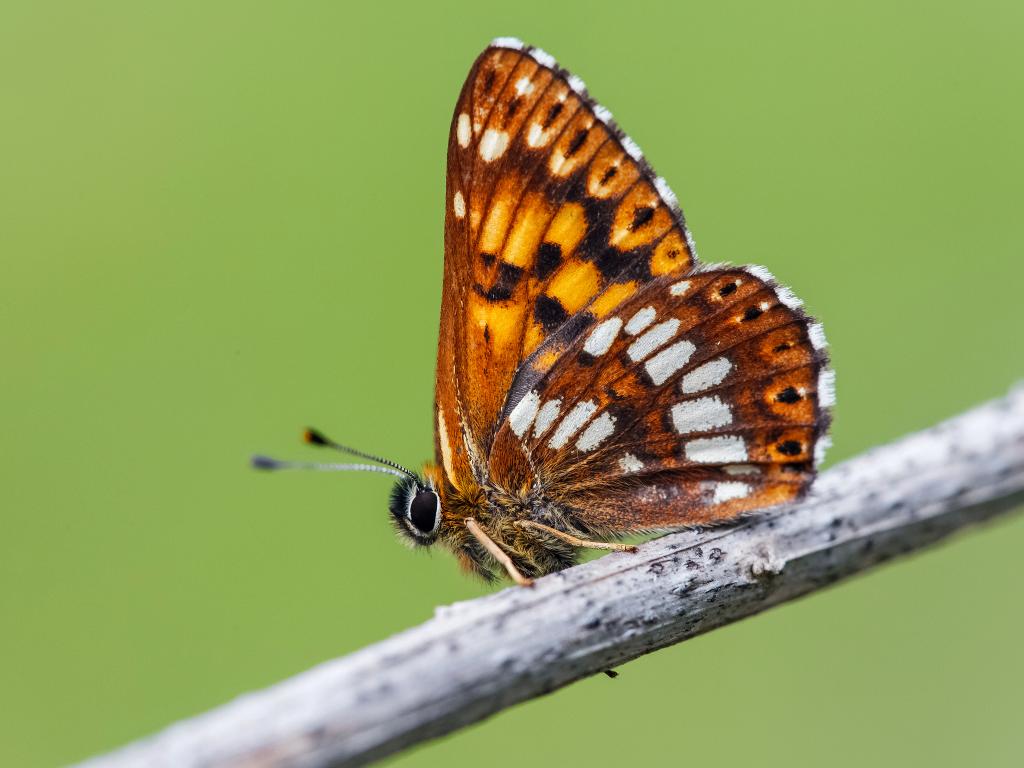
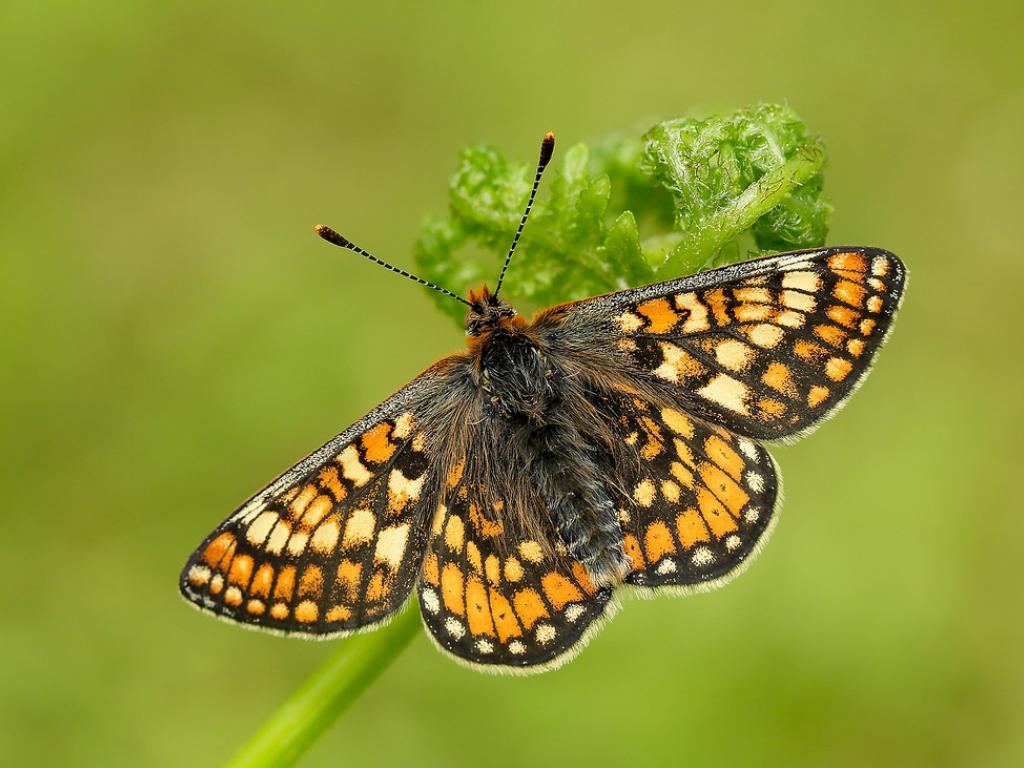
 RSS Feed
RSS Feed